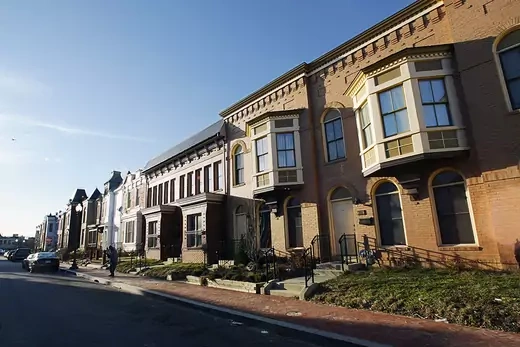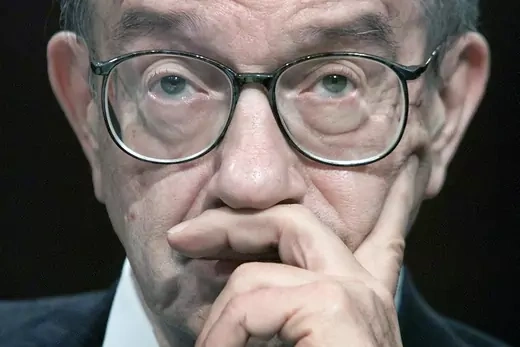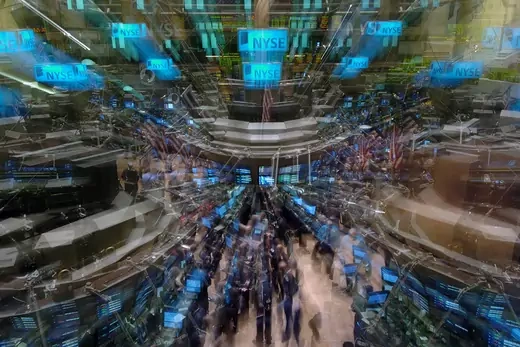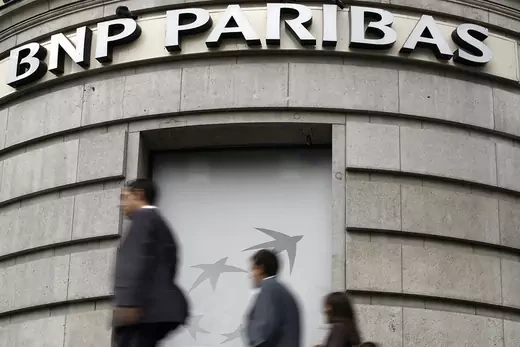
The financial meltdown that started with the bursting of the U.S. housing bubble had worldwide economic repercussions, including recessions, far-reaching regulations, and deep-seated political discontent. Track its buildup and aftermath.




Congress passes legislation that requires government-sponsored mortgage giants Fannie Mae and Freddie Mac to devote a percentage of their lending to affordable housing. This leads to an increase in the overall number of loans being pooled and securitized or sold as financial instruments to other investors. Two years later, J.P. Morgan introduces the first credit default swap (CDS), a credit derivative that can act as a kind of insurance against defaults for investors. Over the next decade and a half, CDSes become the most widely traded credit derivative product globally. The CDS market proves to be a major source of systemic risk to the U.S. financial system when the crisis hits more than a decade later.
1995 – 1999
In 1995, changes to the Community Reinvestment Act, originally passed to end discrimination against low-income borrowers, allow mortgage lenders to buy “subprime” securities to fulfill their affordable-housing lending obligations. Some economists argue that the resulting higher demand for subprimes encourages the proliferation of risky housing loans during the latter half of the 1990s. In September 1999, Fannie Mae eases credit requirements to encourage banks to extend loans to people whose credit is lower than what is required for conventional loans, furthering growth in the subprime lending industry.
1995 – 1999In November, President Bill Clinton signs off on a law that partially repeals the Glass-Steagall Act of 1933, which had prevented banks from operating other financial businesses, such as insurance and investment brokerages. One year later, new rules exempt credit default swaps and trading on electronic energy commodity markets from regulation.
2000 – 2001
Prompted by the burst of the dot-com bubble and the resulting recession, the U.S. Federal Reserve, led by Alan Greenspan, lowers its benchmark interest rate eleven times. Falling interest rates lead to an easy-credit environment, encouraging lending practices that prove unsustainable later in the decade. The ensuing credit bubble plays a large role in the run-up to the financial crisis.
2000 – 2001
In April, the Securities and Exchange Commission (SEC) loosens the net capital rule, which had limited broker-dealers and investment banks to a 12-to-1 leverage (the ratio of debt to equity) on investments. The change allows firms with more than $5 billion in assets to leverage themselves an unlimited number of times. Qualifying firms at the time include Bear Stearns, Lehman Brothers, Merrill Lynch, Goldman Sachs, and Morgan Stanley. These firms greatly increase the amount of leverage they employ to a point where they routinely use thirty times leverage on investments. None of the five firms survive the 2008 credit crisis intact as independent investment banks.
February 2007
A boom in U.S. housing prices abruptly reverses course in 2006. Declines accelerate in 2007, which will see the largest single-year drop in U.S. home sales in more than two decades. The downturn prompts a collapse of the U.S. subprime mortgage industry, which offered loans to individuals with poor credit, sometimes without requiring a down payment. More than twenty-five subprime lending firms declare bankruptcy in February and March 2007. The collapse rattles the Dow Jones Industrial Average, which measures the combined stock values of the thirty largest companies in the United States. On February 27, it loses 416 points, its biggest one-day point loss since 9/11.
April 2007In April 2007, New Century Financial Corporation, the largest U.S. subprime lender, files for bankruptcy as analysts worry about the impact subprime mortgages will have on the broader financial sector, which invested heavily in securitized debt from subprime loans. In July, Bear Stearns, one of the largest U.S. investment banks, announces two of its hedge funds have lost almost all of their investor capital and will file for bankruptcy. It is one of the first signs of major problems in financial markets beyond the subprime loan industry.
August 2007
Subprime mortgage problems spread worldwide as hedge funds and banks around the globe reveal substantial holdings of mortgage-backed securities. France’s BNP Paribas announces on August 9 that there is no liquidity in the market for the assets held by three of its hedge funds, as investors reject these so-called toxic assets, which are rapidly losing their value. Other European banks follow with similar announcements. The European Central Bank immediately steps in to offer low-interest credit lines to support these banks. With lending markets drying up around the world, the central banks of the United States, the European Union, Australia, Canada, and Japan coordinate to inject liquidity into credit markets for the first time since 9/11.